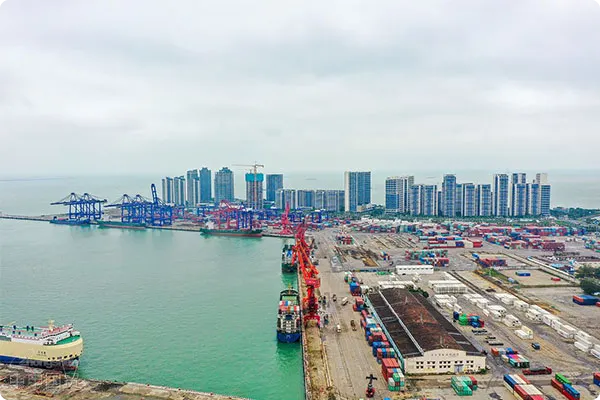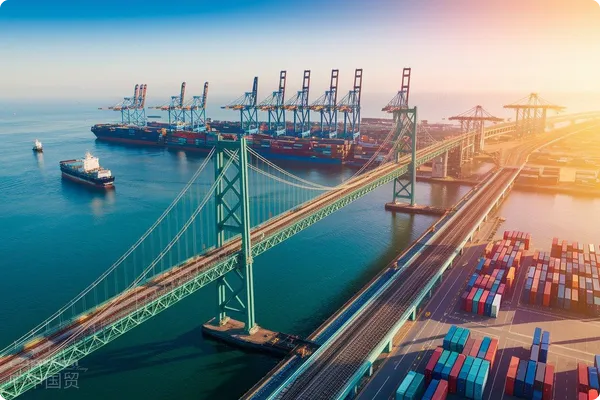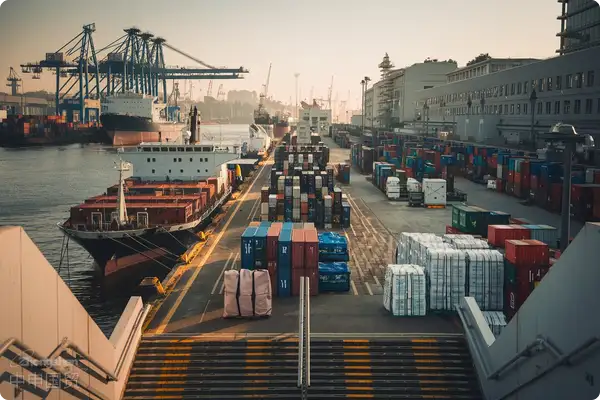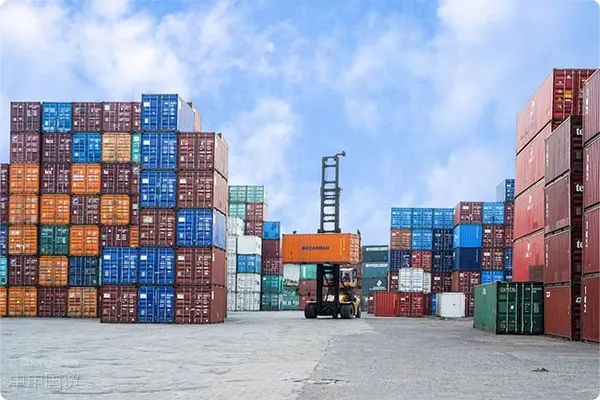- Shanghai Zhongshen International Trade Co., Ltd. - Two decades of trade agency expertise.
- Service Hotline: 139 1787 2118

In international trade,Export Drawbackis an important policy benefit, playing a key role in reducing costs and enhancing competitiveness for enterprises. However, the export tax rebate process is complex and strictly regulated, involving multiple steps and numerous considerations. This article will provide a detailed introduction on how to properly conduct the export tax rebate process, helping enterprises and relevant practitioners gain a deeper understanding of this important business.
I. Preliminary Preparation for Export Tax Rebate
Qualification Review
- For enterprises seeking export tax rebate services, the agency must first review the enterprises basic qualifications. The enterprise should have legitimate business qualifications, including a valid business license, tax registration certificate, etc. For example, the business scope in the license should include relevant export business content.
- The agency itself must also have legitimate proxy qualifications. This requires meeting conditions stipulated by local authorities, such as registration with the industrial and commercial administration, having a certain number of professional staff, etc.
Data Collection and Organization
– Enterprises must provide comprehensive documentation to the agency. The customs declaration form for exported goods is one of the key documents, which records detailed export information such as product name, quantity, value, and export date.
– Value-added tax (VAT) special invoices are also indispensable. These invoices must accurately reflect the procurement cost, tax rate, and other information of the goods, and comply with relevant tax authority regulations, including the invoice issuance date and the accuracy of buyer and seller details.
– Additionally, this includes export sales invoices, exportA complete export agency agreement should be attached with:verification forms (if required), and bills of lading. The agency must carefully verify these documents to ensure their completeness and accuracy.
II. Formal Agency Export Tax Refund Process Steps
Sign an agency agreement
– The agency and the enterprise must sign a detailed agency export tax refund agreement. The agreement should clearly define the rights and obligations of both parties, including the scope of agency services, such as whether it covers only tax refund declarations or other services throughout the export process.
– Specify the calculation method and payment terms for service fees. Service fees may be calculated based on the value of exported goods, the tax refund amount, or fixed rates, with payment options including one-time or installment payments.
– Additionally, confidentiality clauses must be established to ensure the enterprises business and financial information is not disclosed.
2. Export Clearanceand Document Management
– If the enterprise lacksimport and exportauthorization, the agency will handle export customs clearance procedures in its own name. During customs declaration, the agency must accurately complete the customs declaration form, ensuring that product details, price terms, and trade methods align with actual conditions.
– For document management, the agency must establish a robust document management system. All tax refund-related documents, such as customs declarations, invoices, and bills of lading, must be properly archived for inspection by tax authorities and customs.
Tax Rebate Declaration Process
– The agency must first conduct a thorough review of the collected tax refund documents. Verify the consistency of data across customs declarations, VAT special invoices, and export sales invoices, such as product quantities and amounts.
– Then, use specialized tax refund declaration software for submission. During the declaration process, accurately complete all sections of the form, including basic enterprise information, detailed export product information, and tax refund calculations.
– After submission, promptly monitor the tax authoritys review progress. If the tax authority raises questions or requests additional documentation, the agency must cooperate actively and provide accurate responses or supplementary materials within the stipulated timeframe.
III. Compliance Checks and Risk Prevention
Compliance Checks
– The agency must regularly conduct compliance checks on agency export tax refund operations. These checks should assess whether tax refund documents comply with tax and customs regulations and whether the declaration process involves any violations.
– For new tax policies and customs regulations, the agency must stay updated and apply them to operations to ensure ongoing compliance.
Risk Prevention
– One major risk is document-related risks. Falsified, altered, or missing documents may lead to tax refund failures or even legal consequences. The agency must strengthen document review and management to prevent such risks.
– Tax-related risks also require focused prevention. For example, inaccurate understanding of tax policies may result in incorrect refund calculations or non-compliant declarations. The agency must employ professional tax personnel and continuously improve expertise to mitigate tax risks.
Conclusion
The formal agency export tax refund process is complex and rigorous, requiring joint efforts from both the agency and the enterprise. The agency must strictly adhere to relevant laws, regulations, and operational procedures, paying attention to detail and risk prevention at every stage. The enterprise must also actively cooperate by providing truthful and accurate documentation. Only then can the export tax refund process be completed successfully, allowing enterprises to fully benefit from policy incentives and achieve greater growth in international trade.
Related Recommendations
? 2025. All Rights Reserved. 滬ICP備2023007705號(hào)-2  PSB Record: Shanghai No.31011502009912
PSB Record: Shanghai No.31011502009912










